ESA satellite narrowly avoids collision with SpaceX craft

ESA (European Space Agency) reported changing a satellite's course to avoid a collision with a SpaceX aircraft.
On Monday, September 2, 2019, the Aeolus Earth observation satellite operated by ESA fired its thrusters "moving it off a collision course with a SpaceX satellite".
SpaceX is a private firm that designs, produces and launches advanced space vehicles. It was founded by Elon Musk in 2002 and its ultimate goal to enable the colonization of other planets.
The SpaceX satellite involved in the incident is one of the 60 spacecrafts of the firm's Starlink system, a satellite constellation developed to provide internet access across the entire globe. For this purpose, future plans include launching up to 12,000 satellites around the planet.
According to ESA, it was the first time such a maneuver was performed to dodge an active spacecraft. In 2018, 28 collision avoidance maneuvers were conducted but they were "the result of dead satellites or fragments from previous collisions". The procedure took place after a warning from the US Air Force and just half an orbit before the potential impact. ESA Officials decided that the safest manner to avoid the accident was to increase the altitude of the satellite.
SpaceX stated that the potential risk was not detected due to a bug on the firm's on-call operating system. "A bug in our on-call paging system prevented the Starlink operator from seeing the follow-on correspondence on this probability increase. Had the Starlink operator seen the correspondence, we would have coordinated with ESA to determine best approach with their continuing with their maneuver or our performing a maneuver," SpaceX, stated.
Due to the fact that the number of satellites around the globe is constantly increasing, the occurrence of collisions between satellites is a difficult issue to tackle. Currently, ESA is working on an Artificial Intelligence (AI) project in order to create an automatic collision avoidance system. Occasioned by the present incident, Holger Krag, Head of Space Safety at ESA, stated: "No one was at fault here, but this example does show the urgent need for proper space traffic management, with clear communication protocols and more automation. This is how air traffic control has worked for many decades, and now space operators need to get together to define automated maneuver coordination."
Sources: Independent, Guardian, CNN
Sources: Independent, Guardian, CNN
Want to read more like this story?

How to address satellite debris issue
May, 26, 2020 | NewsAs years pass by, the assembly of satellites in space is beginning to become a major issue that need...
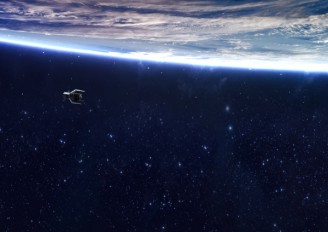
ESA launches robot to clean the atmosphere from satellite debris
Jan, 13, 2020 | NewsThe European Space Agency (ESA) will send a robot to clean space from the garbage gathered by s...

Robotic vehicles to fix broken satellites
Dec, 09, 2019 | NewsScientists from the University of Cincinnati in Ohio have developed robots that can fix defecti...

Scientists discovered new device that can stabilize and rotate satellites
Dec, 05, 2019 | NewsIn an effort to tackle satellite vibrations, scientists have discovered a brand-new device that can...
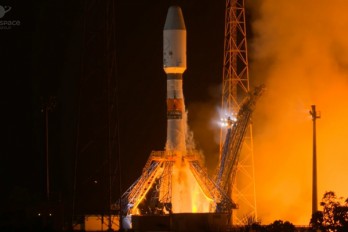
Cheops Satellite launched to study exoplanets
Dec, 18, 2019 | NewsThe Cheops (CHaracterising ExOPlanet) Satellite that will explore outer space was launched on Decemb...

Satellite data and AI drive the next wave of sustainable infrastructure in the UK
Oct, 03, 2025 | NewsThe United Kingdom is advancing the integration of satellite data and artificial intelligence (AI...
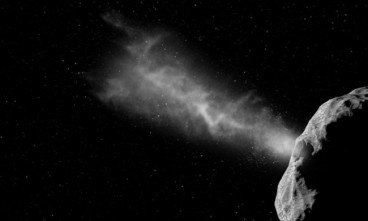
Earth's first mission for planetary defense
Jul, 04, 2018 | NewsOver the next decade, both NASA and the European Space Agency (ESA) will take the first steps toward...
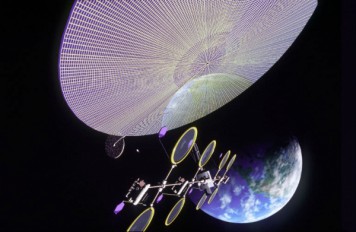
How about space-based solar panels?
Apr, 19, 2018 | NewsThe concept was theorized over half a decade ago, as space-based solar arrays would be illuminated 2...
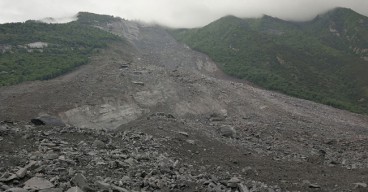
Can satellites be used as an early warning system for landslides?
Aug, 04, 2017 | NewsA joint team of researchers from Newcastle University (UK), Chengdu University of Technology, Tongji...
Trending

Vertical gardens in Mexico City to combat pollution

Saudi Park Closed After 360 Big Pendulum Ride Crashes to Ground, 23 injured

Characteristics of Load Bearing Masonry Construction

Taipei 101’s impressive tuned mass damper

Dutch greenhouses have revolutionized modern farming

Federal court rules Biden’s offshore drilling ban unlawful


